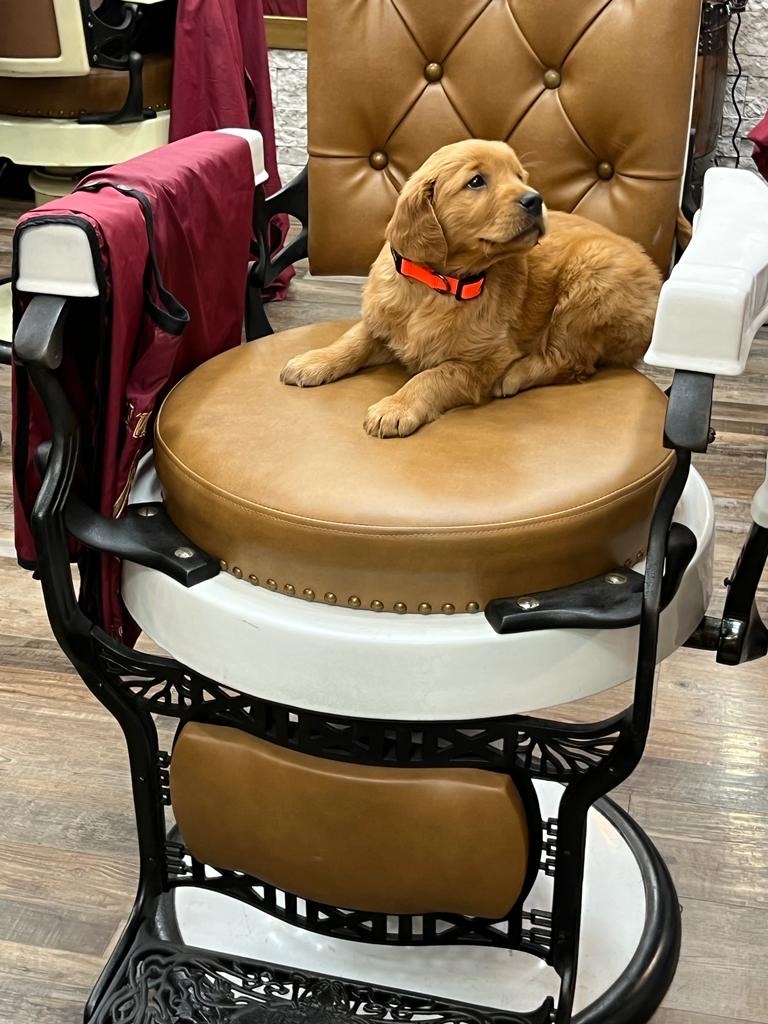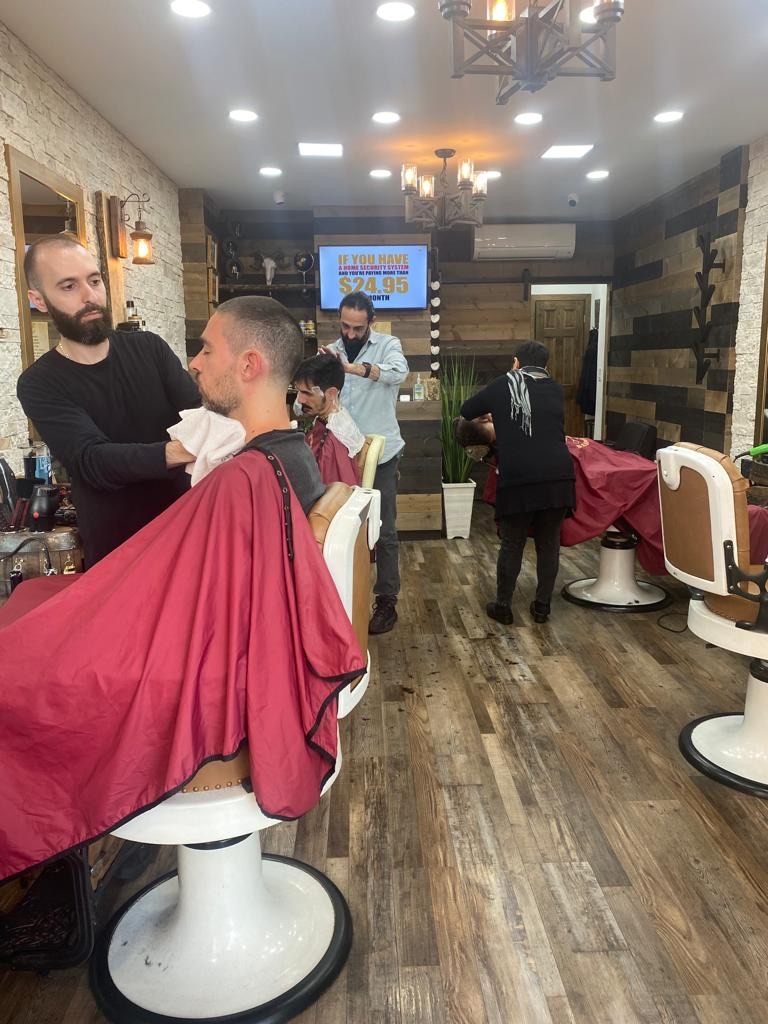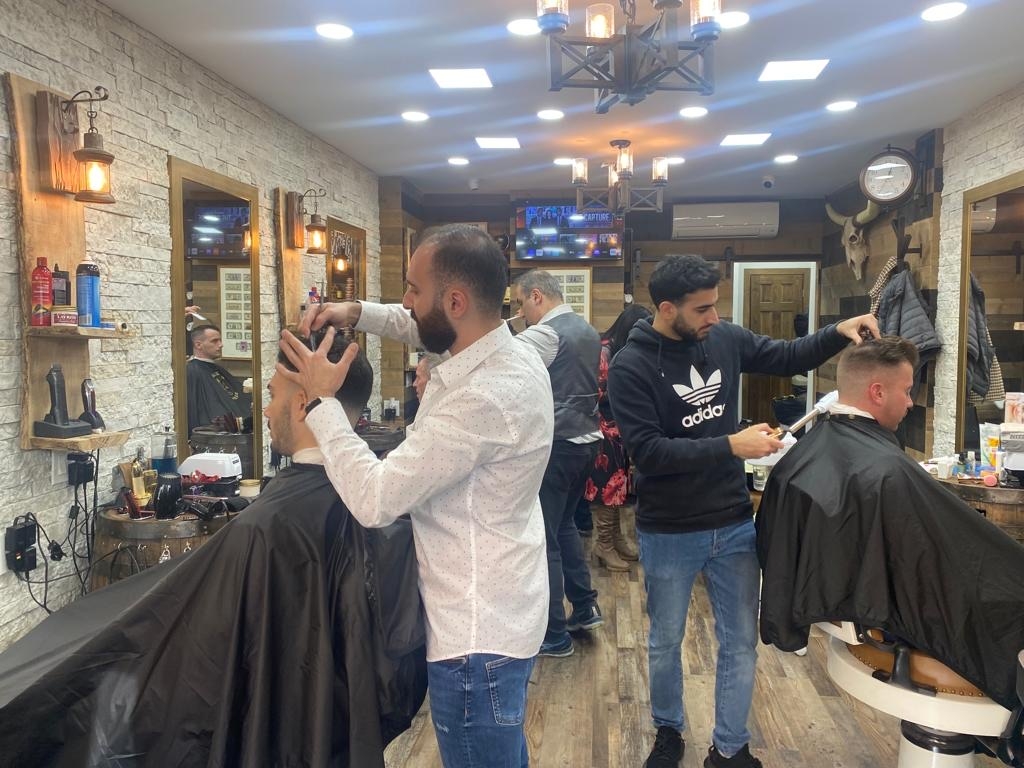Beard Balm Benefits
How does beard balm help with beard itch and irritation?
Beard balm helps with beard itch and irritation by providing hydration and nourishment to the skin underneath the beard. Ingredients like shea butter and coconut oil help to soothe dry, itchy skin, reducing irritation and promoting overall skin health. The balm also helps to soften the beard hair, making it less prickly and reducing the likelihood of irritation.



